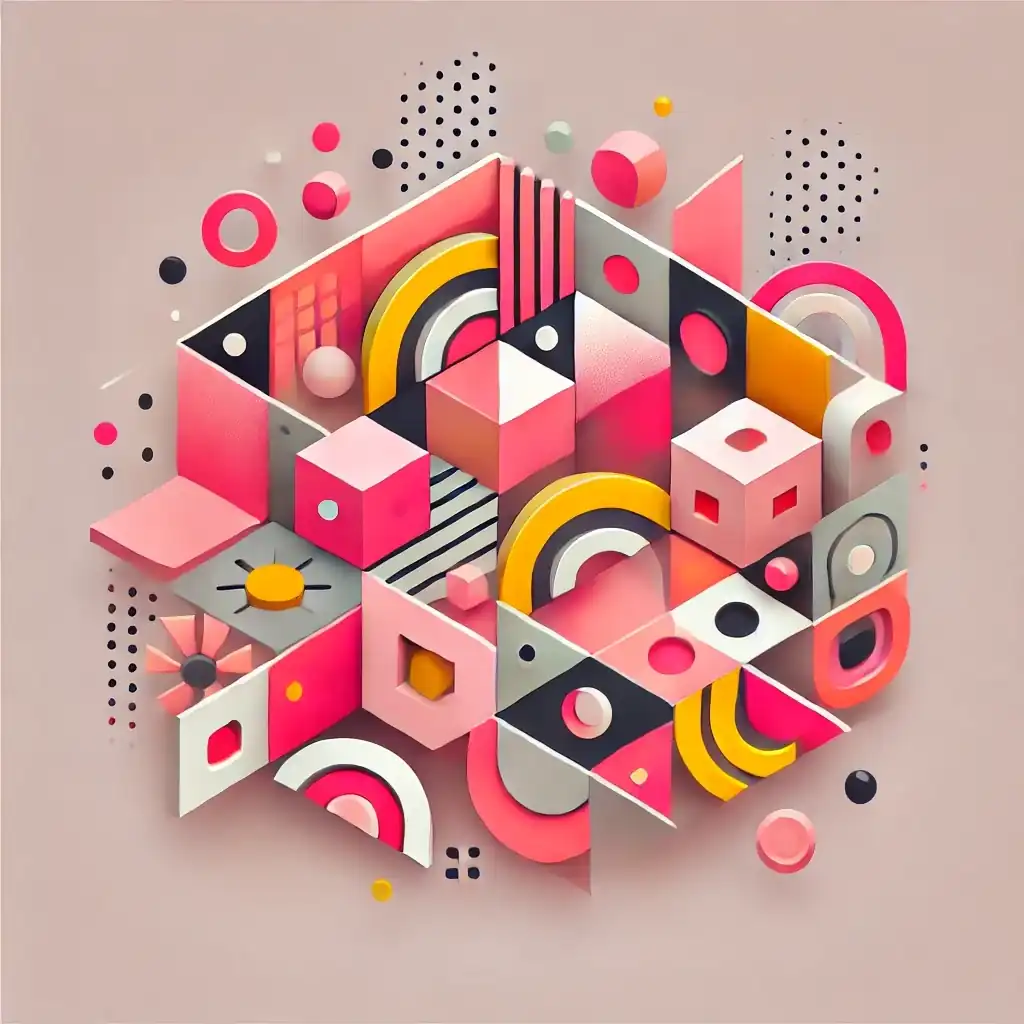20 Cognitive Biases You Should Know
There are over 180 known cognitive biases that influence thinking and behavior. Here are the 20 most important biases you should be aware of, especially in the context of User Experience (UX), User Interface (UI) Design, and Accessibility:
-
Confirmation Bias

Source: AI generated image
People search for, interpret, and remember information in a way that confirms their pre-existing beliefs.
Example: A designer tests a new UI with the assumption that "My design is intuitive." They pay special attention to users who understand it easily while ignoring those who struggle.
Source: Scribbr -
Anchoring Bias
People are heavily influenced by the first piece of information they receive.
Example: Users see a high price ($1000) first and then a product for $500, making it seem much cheaper, even if it is still expensive. In UX design, first impressions are crucial.
Source: The decision lab -
Ingroup Bias
People unconsciously prefer those who are similar to their own social group.
Example: Designers create interfaces based on their own usage habits, neglecting older adults or people with disabilities, thus unintentionally ignoring accessibility.
-
Negativity Bias
Negative experiences have a h5er impact than positive ones.
Example: A user tests an app and encounters a bug. Despite the overall perfect UX, the bug sticks in their memory and ruins their overall perception.
-
Status Quo Bias

Source: AI generated image
People prefer things to stay the same, even if changes would be objectively better.
Example: A company hesitates to make its website accessible because "it has worked fine so far."
-
Availability Heuristic
People overestimate the likelihood of events that are easily recalled or emotionally charged.
Example: People think airplane crashes are more common than they are because they are frequently reported in the media. In UX, a negative product review may carry more weight than hundreds of positive ones.
-
Bias Blind Spot
People recognize cognitive biases in others but not in themselves.
Example: Designers often believe they design "objectively," while they are subject to the same biases as everyone else.
-
Framing Effect

Source: AI generated image
The way information is presented influences decisions.
Example: A button labeled "Free Trial" sounds more appealing than "30-Day Trial," even though they mean the same thing.
-
The IKEA Effect
People value things more that they have created themselves.
Example: Users are more likely to accept a poor UI if they were involved in its customization because they feel emotionally attached to it.
-
Sunk Cost Fallacy
People stick to a bad decision simply because they have already invested a lot in it.
Example: A company retains a poor design because it has spent a lot of money and time developing it, rather than starting anew.
-
Recency Bias
People give more weight to the most recently received information compared to older information.
Example: A user remembers only the last issue encountered during a long interaction with an app, despite the overall experience being positive.
-
Endowment Effect
People value things more simply because they own them.
Example: A user is reluctant to switch from an old, poorly designed app because they are accustomed to it, even when better alternatives exist.
-
Fundamental Attribution Error
People attribute others' behavior to their personality rather than external circumstances.
Example: A UX designer thinks users are "dumb" for not understanding a feature, instead of considering that the interface may be poorly designed.
-
Von Restorff Effect
Items that stand out from their surroundings are more likely to be remembered.
Example: A red button among many gray elements immediately catches attention and is clicked more often.
-
Pareto Principle
80% of effects often come from 20% of causes.
Example: 80% of user problems in an app arise from 20% of poorly designed features.
-
Hick’s Law
The more options there are, the longer it takes to make a decision.
Example: A website with 20 navigation points confuses users, while one with 5 is easier to use.
-
Dunning-Kruger Effect
People with little knowledge overestimate their competence, while experts often underestimate their abilities.
Example: An inexperienced designer believes their UI is perfect because they are unaware of what they don't know.
-
Loss Aversion
People fear losses more than they value gains.
Example: Users prefer to stick with an old subscription out of fear of losing a feature, even if a better alternative exists.
-
Social Proof
People look to the behavior of others for guidance.
Example: Users are more likely to trust a product with many positive reviews, regardless of whether the reviews are genuine.
-
Zeigarnik Effect
Unfinished tasks are better remembered than completed ones.
Example: A to-do list with open items motivates users to complete them.
These biases affect all of us, including UX/UI designers! Therefore, it is essential to be aware of them and actively counteract their influence to create fair, inclusive, and user-friendly designs. 🚀